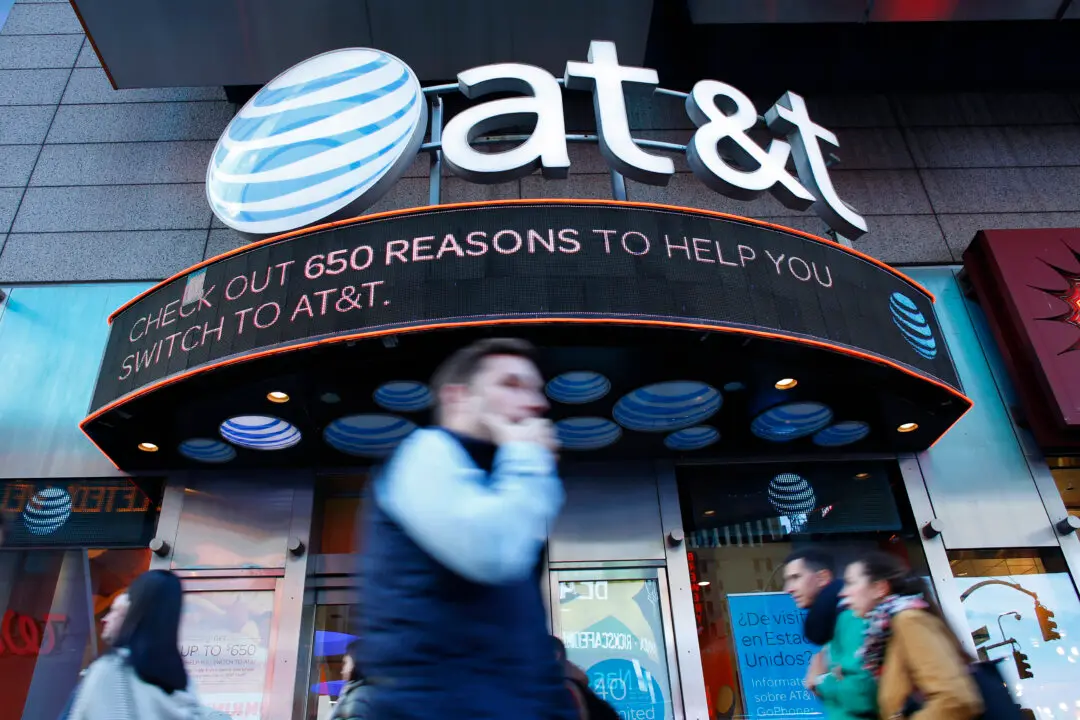News Analysis
AT&T’s proposed $85 billion merger with Time Warner, and the U.S. Department of Justice’s lawsuit to block the acquisition, sets up an intriguing battle showcasing the government’s new antitrust strategy that could reshape the media and telecom industry.





